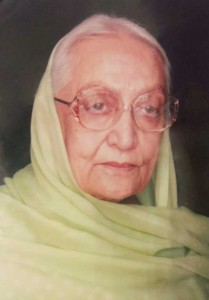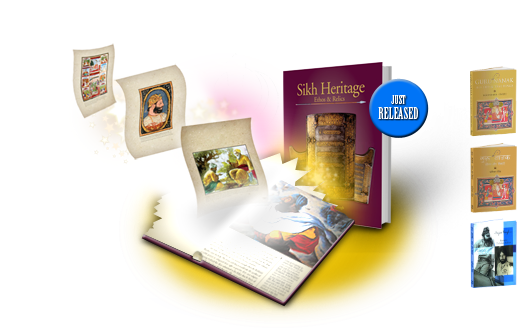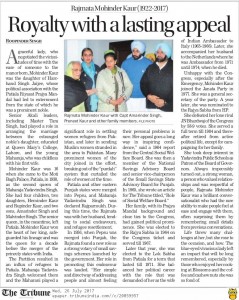Royalty with a lasting appeal
Roopinder Singh
 A graceful lady, who negotiated the vicissitudes of time with the ease of someone to the manor born, Mohinder Kaur was the daughter of Harchand Singh Jaijee, whose political association with the Patiala Riyasat Prajya Mandal had led to externment from the state of which he was a prominent noble.
A graceful lady, who negotiated the vicissitudes of time with the ease of someone to the manor born, Mohinder Kaur was the daughter of Harchand Singh Jaijee, whose political association with the Patiala Riyasat Prajya Mandal had led to externment from the state of which he was a prominent noble.
Senior Akali leaders, including Master Tara Singh, had played a role in arranging the marriage between the estranged noble’s daughter, educated at Queen Mary’s College, Lahore, and the young Maharaja, who was childless with his first wife.
Mohinder Kaur was 16 when she came to the Moti Bagh Palace, Patiala, in 1938, as the second queen of Maharaja Yadavindra Singh. She had four children, two daughters, Heminder Kaur and Rupinder Kaur, and two sons, Amarinder Singh and Malvinder Singh. The senior queen, in the meantime, left Patiala. Mohinder Kaur won the heart of her king, safeguarded his lineage and was the queen for a decade before the merger of the princely states with India.
The Partition resulted in an influx of refugees to Patiala. Maharaja Yadavindra Singh welcomed them and the Maharani played a significant role in settling women refugees from Pakistan, and later in sending Muslim women stranded in the area to Pakistan. Many prominent women of the city joined in the effort, breaking out of the “purdah” system that curtailed the role of women at the time.
Patiala and other eastern Punjab states were merged into Pepsu, and Maharaja Yadavindra Singh was declared Rajparmukh. During this time, the Rajmata was with her husband, tending to social endeavours, and refugee resettlement.
In 1956, when Pepsu was merged into Punjab, the Rajmata found a new role as a strong votary of small savings schemes launched by the government. Her role in promoting this endeavour was lauded. “Her simple and direct way of addressing people and almost feeling their personal problems is rare. Her appeal goes a long way in inspiring confidence,” said a 1964 report from the Central Social Welfare Board. She was then a member of the National Savings Advisory Board and senior vice-chairperson of the Small Savings State Advisory Board for Punjab. In 1965, she wrote an article for The Tribune titled, “Role of Social Welfare Board.”
Her family, with its Prajya Mandal background and close ties to the Congress, had gained political prominence. She was elected to the Rajya Sabha in 1964 on the Congress ticket and served till 1967.
Later that year, she was elected to the Lok Sabha from Patiala for a term that lasted till 1971. She balanced her political career with the role that was demanded of her as the wife of Indian Ambassador to Italy (1965-1966). Later, she accompanied her husband to the Netherlands where he was Ambassador from 1971 until 1974, when he died.
Unhappy with the Congress, especially after the Emergency, Mohinder Kaur joined the Janata Party in 1977. She was a general secretary of the party. A year later, she was nominated to the Rajya Sabha from HP.
She defeated her lone rival JN Bhardwaj of the Congress by 58-9 votes. She served a full term till 1984 and thereafter retired from active political life, except for campaigning for her family.
She took deep interest in Yadavindra Public Schools as Patron of the Board of Governors. Always impeccably turned out, a strong woman, a person who valued relationships and was respectful of people, Rajmata Mohinder Kaur was a brilliant conversationalist who had the rare ability to make people feel at ease and engage with them, often surprising them by remembering small details from previous conversations.
Life threw many challenges at her, but she rose to the occasion, and how. The blue-eyed vivacious lady left an impact that will be long remembered, especially by those who enjoyed her cooking at Blossoms, Chail, and the coffee and cashew nuts she was so fond of.
This article was published in The Tribune on July 26, 2017.




